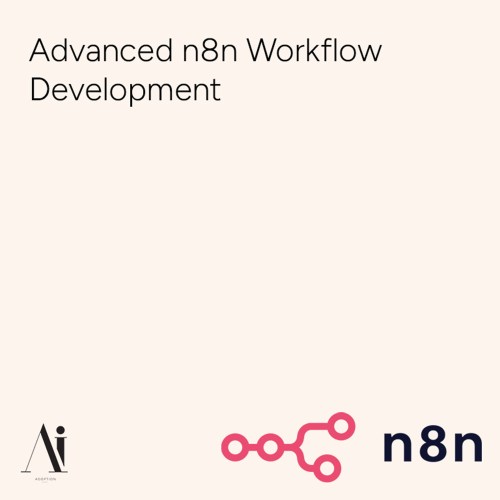
TL;DR
LFM2-1.2B is a 1.2 billion parameter text-based foundation model designed for high performance on instruction following, multilingual tasks, and code generation. It is optimized for on-device deployment and edge applications, with impressive speed and efficiency that allow it to run on consumer-grade CPUs, GPUs, and NPUs without sacrificing accuracy. Developed by Liquid AI, it balances excellent performance with cost-effective scalability, making it ideal for startups, researchers, and developers. Its code and weights are available under an open license inspired by Apache 2.0, with commercial-use restrictions based on revenue thresholds.
ELI5: What Is LFM2-1.2B?
Imagine a really smart assistant that can explain complex topics, fix your Python code, and chat with you in different languages, all offline, on your laptop or phone. That’s LFM2-1.2B, a small but mighty AI model trained to understand and generate human language. It can write, reason, summarize, and solve problems—all without needing a giant data center.
What Is LFM2-1.2B?
LFM2-1.2B is a second-generation large foundation model from Liquid AI, built for efficient use in a wide range of language-based tasks, such as:
- Text Generation: Writing summaries, scripts, documentation.
- Instruction Following: Responding to thoughtful prompts.
- Code Support: Explaining, generating, or editing code, as plain text.
- Multilingual Use: Supporting multiple languages e.g., English, Spanish, Chinese, German, Arabic, and more.
Despite its relatively small size (1.2 billion parameters), LFM2-1.2B matches or outperforms larger models in many tasks, especially mathematics, multilingual text, and logical reasoning benchmarks.
Key Features and Capabilities
Lightweight, High-Performance Architecture
Built with state-of-the-art techniques, LFM2-1.2B achieves competitive performance at a fraction of the size and computational cost of models like LLaMA 3 or GPT-4.
On-Device Optimization
LFM2-1.2B runs efficiently on CPUs, NPUs, and consumer GPUs, ideal for edge computing and offline use. It can deploy in browsers or directly on mobile and embedded devices.
Multilingual and Instruction-Tuned
With special instruction tuning, LFM2-1.2B can handle tasks across languages like EN, DE, ZH, JA, AR, ES, FR, KO, making it great for global or cross-cultural use cases.
Code Understanding as Text
While not a "code-specialized" model, LFM2-1.2B performs well on tasks like:
- Producing clean Python or JavaScript snippets.
- Explaining errors in natural language.
- Generating boilerplate documentation.
All code is treated as text input/output, not embedded logic.
Context Window Support
With context lengths up to 32k tokens, LFM2-1.2B can work with long documents or conversations, ideal for summarization, legal review, or research assistance tools.
Competitive Edge
Performance vs. Size
LFM2-1.2B outperforms popular open models like Mistral 7B and Qwen1.5-1.8B on key instruction and reasoning benchmarks, while using 10x less compute.
Edge-Focused Design
Its small memory footprint, under 2GB for int4 quantized versions and CPU support, make it ideal for low-latency edge use.
Open Licensing
The model is released under an Apache 2.0-style license, free for research and businesses under $10M in annual revenue. Larger orgs must acquire a commercial license.
Conclusion: Local AI for Real Work
LFM2-1.2B represents a shift toward efficient, transparent, open AI that runs anywhere, not just in the cloud. With strong benchmark results, commercial-friendly licensing, and community-driven innovation, it empowers developers and researchers to integrate AI on their own terms.
 USD
USD  Swedish krona (SEK SEK)
Swedish krona (SEK SEK)





















